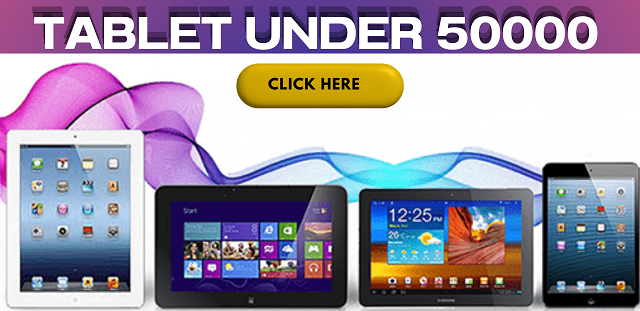Essay on Contribution of Technology in Education
Title: Contribution of Technology in Education
Introduction
Technology has transformed every aspect of our lives, and education is no exception. In recent decades, technology has made significant contributions to the field of education, revolutionizing the way we learn and teach. This essay explores the various ways in which technology has contributed to education, enhancing the learning experience for students and facilitating the teaching process for educators.
- Access to Information
One of the most significant contributions of technology to education is the ease of access to vast amounts of information. The internet has become a vast repository of knowledge, and students can now access a wide range of educational resources, research materials, and online courses from virtually anywhere in the world. This accessibility has democratized education, breaking down barriers to learning for individuals in remote or underserved areas.
- Personalized Learning
Technology has allowed for the development of personalized learning experiences. Educational software and platforms can adapt to the individual needs and learning styles of students. Through the use of algorithms and artificial intelligence, these systems can provide customized lessons, practice exercises, and feedback, ensuring that each student progresses at their own pace.
- Interactive Learning
Modern classrooms have embraced interactive technologies such as smartboards, tablets, and educational apps. These tools make learning more engaging and interactive, allowing students to actively participate in lessons and explore concepts through multimedia content, simulations, and gamified activities. This interactivity fosters a deeper understanding of complex subjects.
- Enhanced Communication and Collaboration
Technology has improved communication and collaboration among students and teachers. Online discussion forums, video conferencing, and collaborative software enable students to connect with their peers and educators beyond the confines of the traditional classroom. This facilitates group projects, peer-to-peer learning, and global collaborations, expanding students' horizons and preparing them for a connected world.
- Assessment and Feedback
Technology has transformed the assessment process in education. Online quizzes, automated grading systems, and data analytics provide educators with valuable insights into student performance. Teachers can identify areas where students may need additional support and tailor their teaching accordingly. Additionally, technology has made it easier to provide timely and constructive feedback to students, promoting continuous improvement.
- Blended Learning
The integration of technology has given rise to the concept of blended learning, which combines traditional classroom instruction with online resources. This approach allows for more flexibility in scheduling and learning styles, accommodating a broader range of students. It also encourages self-directed learning and responsibility.
- Lifelong Learning
Technology has made lifelong learning more accessible and convenient. Adults can pursue further education and acquire new skills through online courses and platforms, promoting career advancement and personal growth. This trend supports the idea that education is a lifelong journey rather than a finite process.
Challenges and Considerations
While technology has made significant contributions to education, it also comes with challenges. Issues such as the digital divide, privacy concerns, and the need for digital literacy skills must be addressed to ensure equitable access and responsible use of technology in education.
Conclusion
Technology's contribution to education is undeniable. It has opened up new possibilities for learning, making education more accessible, engaging, and tailored to individual needs. As technology continues to advance, educators and policymakers must adapt to harness its full potential while addressing the associated challenges. Ultimately, technology is a powerful tool that, when used wisely, can transform education and empower learners of all ages to thrive in an increasingly digital world.

